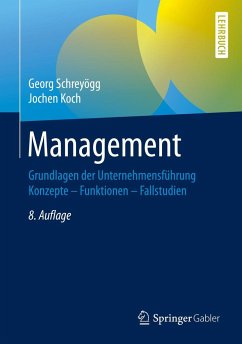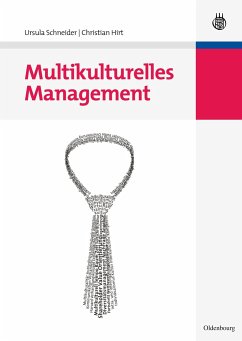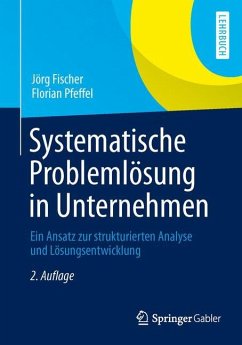
Management Methods and Tools
Practical Know-how for Students, Managers, and Consultants.

PAYBACK Punkte
0 °P sammeln!
Das Buch fasst in übersichtlicher und strukturierter Weise die wichtigsten Methoden für einen Manager oder Consultant zusammen, die z.B. zum Umorganisieren einer Firma notwendig sind. Es ist ein nutzbringendes Handbuch sowohl für Dozenten und Studierende der Wirtschaftswissenschaften als auch für Praktiker. Michael Grabinski legt den Schwerpunkt nicht auf häufig beschriebene "wissenschaftliche" Methoden. Er beschreibt und analysiert ausführlich individuelle Methoden, die in der Realität erfolgreich umgesetzt worden sind, und vermittelt so wertvolles, anwendungsorientiertes Wissen für die Managementpraxis. A comprehensive/extensive and up-to-date management tool box
As reform of the EU's Common Agricultural Policy approaches, dozens of research scientists from European institutions have compiled this overview of multi-functionality impact assessment, which includes surveys on societal demands in different parts of Europe.
As reform of the EU's Common Agricultural Policy approaches, dozens of research scientists from European institutions have compiled this overview of multi-functionality impact assessment, which includes surveys on societal demands in different parts of Europe.
Preface The idea to write this book dates back many years. When I was a young management consultant, from time to time my colleagues and I would be assigned to prepare a "toolbox. " Just as a handyman needs proper tools, so do managers and consultants. Corporate managers often assume that good consultancies have excellent toolboxes enabling them to achieve awesome success in operational and strategic projects. Arguably, top management consultancies are successful in managing their projects. To my knowledge, however, such magic toolboxes do not exist. My colleagues and I never managed to complete any assignment to create a toolbox, because it was always more important for us to be working in the field in order to generate revenue. On the other hand, those few fragments of toolboxes that we did prepare were treated like secret treasures. Now, naturally, no big consultancy is willing to publish its proprietary tools. Thus, while I am convinced that a toolbox is necessary for both managers and consultants alike, I also believe that it only can be developed outside of a consultancy (albeit by someone with knowledge as to what goes on inside of consultancies). There already exist many books dealing with management and strategy, of course, but none of them fits the aforementioned purpose. As a young consultant, I had many colleagues with MBAs or doctorates from such famous universities as St. Gallen, Harvard, INSEAD and others.














